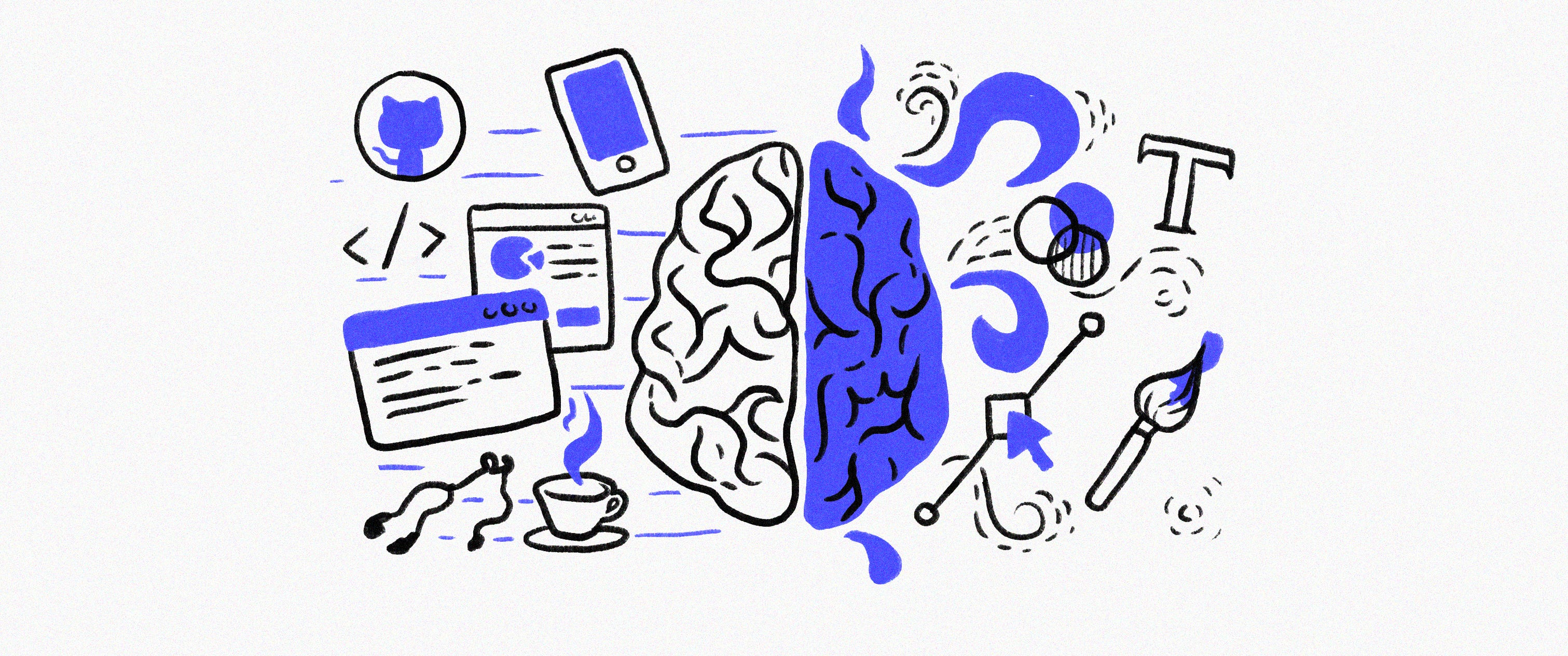User Interface (UI) and User Experience (UX) design are not just about creating visually appealing websites or applications; they involve a deep understanding of human psychology. Successful UI/UX design goes beyond aesthetics; it considers how users think, behave, and interact with digital products. Let’s delve into the psychology behind creating compelling user experiences.
Understanding Cognitive Load:
Cognitive load refers to the mental effort required for a user to complete a task. Designers must consider reducing cognitive load to enhance usability. This involves simplifying complex interfaces, providing clear navigation, and organizing information logically. By minimizing cognitive load, designers can ensure that users can effortlessly engage with the product.
Visual Hierarchy and Gestalt Principles:
The human eye naturally follows certain patterns when viewing a page. Designers leverage principles of visual hierarchy to guide users through a page in a way that aligns with their natural viewing habits. Gestalt principles, such as proximity, similarity, and closure, are employed to organize information coherently, making it easier for users to process.
The Power of Colors and Emotions:
Colors evoke emotions and can significantly impact user perception. For instance, warm colors like red and orange may convey energy and passion, while cool colors like blue and green may create a sense of calmness. Understanding color psychology allows designers to choose palettes that align with the intended emotional response, reinforcing the overall user experience.
Building Trust through Consistency:
Consistency is a key psychological factor in UI/UX design. Users tend to trust products that offer a consistent experience. Consistent navigation, design elements, and language contribute to a sense of reliability and familiarity. Designers should maintain uniformity across different sections of a website or application to build trust and make users feel comfortable.
Anticipating User Behavior:
Successful UI/UX design involves anticipating user behavior and providing intuitive solutions. This requires an understanding of user personas, user flows, and potential pain points. By predicting how users will interact with a product, designers can implement features that align with user expectations, resulting in a smoother and more enjoyable experience.
In conclusion, the psychology behind successful UI/UX design is deeply rooted in understanding how users think, perceive, and interact. By considering cognitive load, employing visual hierarchy and Gestalt principles, leveraging the power of colors, ensuring consistency, and anticipating user behavior, designers can create experiences that not only look appealing but also resonate with users on a psychological level.
